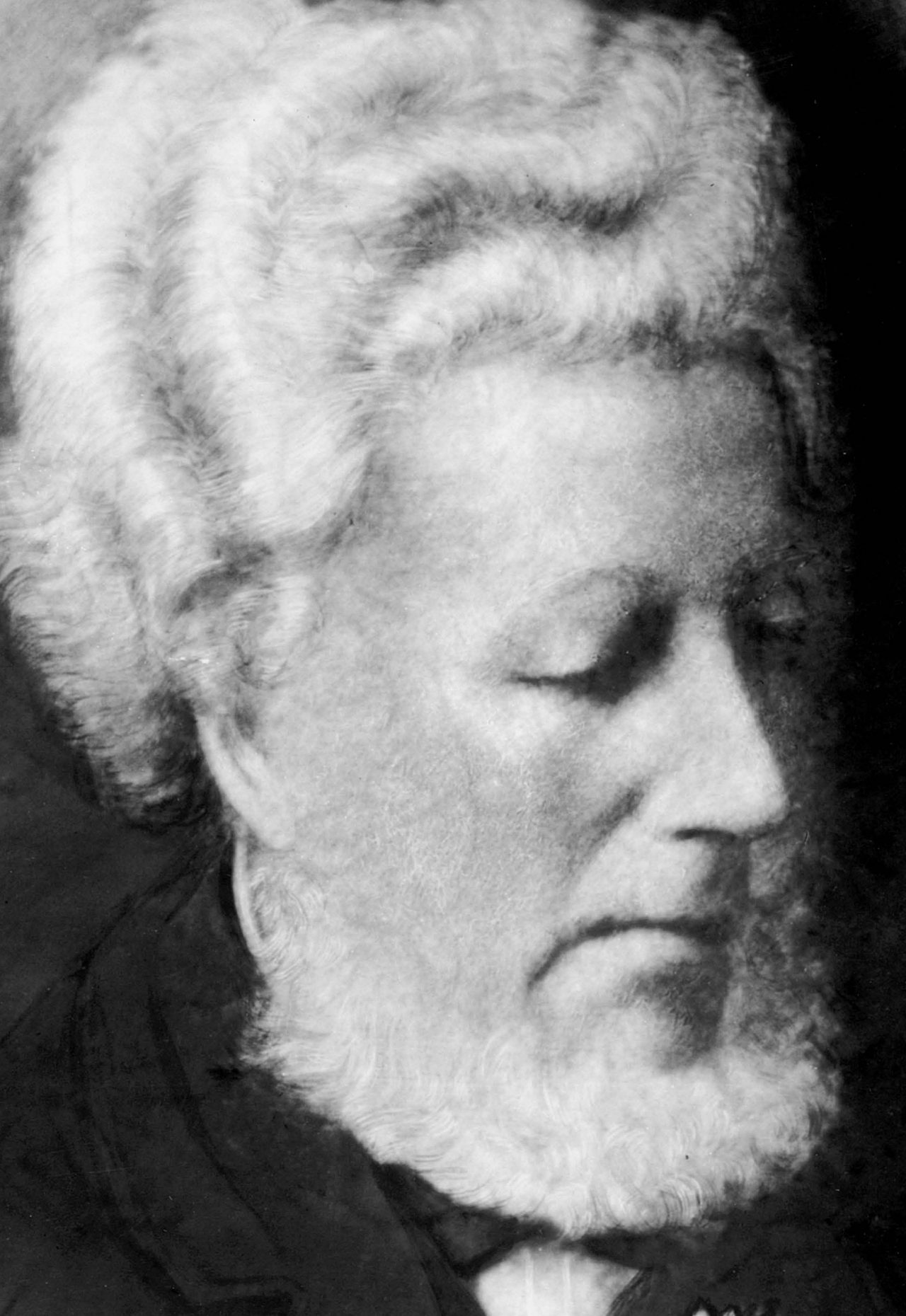2010 - From 1 August, the Australian Securities Exchange is now known as ASX Group.
Competition introduced to the Australian equities market. As a result, ASX's role in market supervision passes to ASIC.
New data centre opened at Gore Hill.
2012 - The Australian Liquidity Centre (ALC) began operations in 2012. The ALC, a state of the art data centre, houses ASX's core trade execution and post trade platforms along with other financial market participant and service provider technology.
2013 - ASX to offer enhanced global network connectivity, ASX Net Global.
2014 - Introduction of mFund, allowing investors to buy, hold and sell units in unlisted managed funds through a process similar to buying and selling shares.
2015 - Opening of the Customer Support Centre at the Australian Liquidity Centre (ALC).
2016 - T+2 settlement of sharemarket trades commenced. Settlement times have been continually improving since the early 1900s, when it took a couple of weeks for a trade to settle.
ASX was appointed as the new Bank Bill Swap Rate (BBSW) administrator, replacing the previous over-the-counter service.
2017 - New trading platform for ASX24, our derivatives market, is launched, supporting ASX customers’ needs by offering enhanced functionality and performance as well as ease of connectivity.
2018 - ASX partnered with Australian Technology Innovators, parent company of InfoTrack, to form a new company, Sympli, to enter the national electronic property settlement market.
2019 - ASX continues to invest in contemporary technology to drive efficiency and innovation. Richer and timelier data sets mean better operational functionality and system resilience.
Almost 150 years since the first continuously operating Exchange was formed in 1871, 2,200 entities from Australia and around the world are listed on ASX.
